| | |||||||||||||
"When I refused to give up my seat, then they said, 'We'll have you arrested.' Well, I said, `That's perfectly all right'; but when he put his hands on me, well, then that's when I kicked him."--Irene Morgan
"If something happens to you which is wrong, the best thing to do is have it corrected in the best way you can. The best thing for me to do was to go to the Supreme Court."--Irene Morgan, 1984Listen up. When he looks at his thin wallet he may not think it, the daddy is a fortunate man. He's blessed. Why? Because, thanks to some real courageous black folk back in the day, he doesn't have to put up with anyone calling him the "N" word. He doesn't have to look for the water fountain that is labeled "colored." And he doesn't have to ride "Jim Crow," a bus or train where blacks ride in the back. Thanks to folks like Ms. Irene Morgan.
Now, when you think of the person who refused to give up a seat to someone, you think of Rosa Parks, a woman who was small in stature but who stands tall in human history, because she ignited the Montgomery Bus Boycott in 1955. But if truth be told, history records another woman who refused to stand up 11 years before. Not only that, history records that she had to be dragged off the bus kicking and screaming. Indeed, when the arresting officer came and put his hand on her, she kicked him in the groins and said she would have bitten him, but he looked "too dirty."
Continuing the fight, she took her case all the way to the U.S. Supreme Court... AND WON! On June 3, 1946, the U.S. Supreme Court declared segregated busing during interstate travel to be unconstitutional and set a strong precedent for future dispensation of discriminatory cases with respect to travel. The NAACP lawyer who argued her case before that august body? A young Thurgood Marshall, the same Thurgood Marshall who would later be appointed to that court.
But it was Ms. Morgan's courage to take her case to court, to keep the faith and to continue the battle that was the catalyst in bringing about a new law that spurred the "Freedom Rides," an organized effort to test the new law. One of the leaders of the freedom Rides was Bayard Rustin, who was an organizer for a group called The Journey of Reconciliation at the time but would later become an adviser to Dr. Martin Luther King Jr. and the chief organizer of the march on Washington.
Speaking of Morgan's efforts that started it all, Raymond Arsenault, author of "Freedom Riders," wrote:
“She was young, attractive, articulate and, judging by her poised performance in Saluda, strong enough to withstand the pressures of a high-profile legal battle."
As for her later life, in her fifties, she ran a child-care center with her second husband, Stanley Kirkaldy. And she went back to school. At age 68, she received a bachelor's degree from St. John's University. Five years later, she received a master's in Urban Studies from Queens College. In 2000, Glouchester County, where she got on the Greyhound bus and began her remarkable ride with history, honored her on its 350th anniversary. In 2001, President Bill Clinton awarded her the Presidential Citizens Medal, the second highest honor that could be bestowed on an American citizen. The citation read:
“When Irene Morgan boarded a bus for Baltimore in the summer of 1944, she took the first step on a journey that would change America forever.”
Know Black History. Know Irene Morgan, the original freedom rider. She refused to stand so you can sit wherever you want.

















































.gif)
























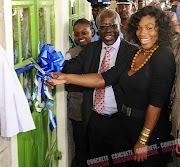







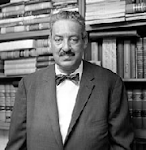


















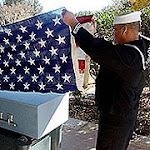


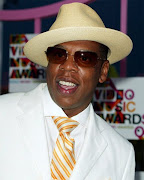



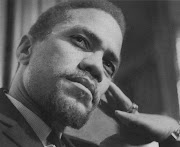


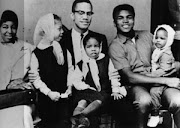








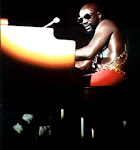








2 comments:
Great story Daddy!
Irene sure was a strong woman, it's funny how we take for granted sometimes what others have had to fight hard for. Just to be able to sit where you want, or go where you want, or marry who you want, these are all things you've discussed before, and nobody should take any of these things for granted. If your doin' it someone else probably had to fight for it.
Peace
This is a superb series and I'm learning so much. You should consider expanding to a book.
Post a Comment